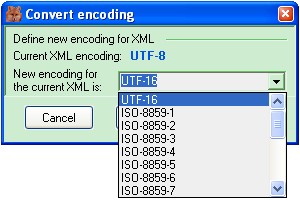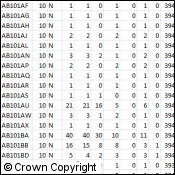


The macron is used to indicate long vowels in certain systems of romanising Japanese (such might state Tōkyō, alternatives including Tôkyô (using the circumflex), Toukyou (following Hiragana orthography), Tookyoo (doubling long vowels), Tohkyoh (using the “oh” digraph) or Tokyo (discarding vowel length)). The spacing overline is not of much use in modern-day computing, but on a typewriter/teletype it could be combined with backspace to be overstamped onto the letter.īut a 7-bit stateless form of JISCII can only represent Japanese in romanised form, because neither Kanji/Hiragana nor even Katakana has adequate encoding space within the nationalisable code points. There are two ways of working around that, I’ll get to these and their applications in due course.Ĭompare that with Morse code, where the prosign (control character) -.- (N+J or D+O run together, meaning “next Japanese”) was used to switch to Kana mode. The. The Japanese variant (ISO-646-JP, also called JISCII or JIS-Roman) treated 0x23 like in ASCII and 0x7E like in ISO-646-GB, but occupied 0x5C (used for the backslash \ in both UK and US variants) with the Latin-based yen sign ¥. So, it differs (minorly in practice) from ASCII at 0x7E, and it differs significantly from ASCII at 0x5C. Keep note of that, it becomes important later.

The ISO-646 7-bit character set standard is best known in what is actually its United States variant (ISO-646-US, more often called ASCII, or American Standard Code for Information Interchange), but there were previously a plethora of national variants. Certain characters were to be supported by all variants (most of them), but certain codepoints could be changed so more nationally relevant symbols could be supported, which would otherwise be missed out. For example, the UK version occupied 0x23 with a pound sign ( £, for the GBP currency) and 0x7E with an overline ( ‾) or spacing macron ( ¯). But in US-ASCII, these are respectively the octothorpe ( #) and simple tilde ( ~). (Jump to navigation) JIS Character Sets Explained ISO 646, JIS X 0201 and early representations


 0 kommentar(er)
0 kommentar(er)
